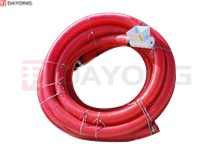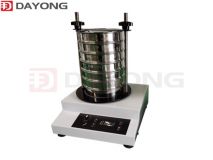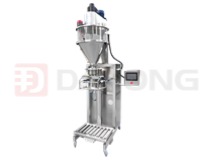Classification effect of vibrating screen on feldspar powder screening
Feldspar is the most important rock-forming mineral of surface rocks. It contains calcium, sodium, and potassium aluminosilicate minerals. There are four main types of feldspar: potassium feldspar, sodium feldspar, orthoclase, barium feldspar. In particular, feldspar rich in potassium or sodium is mainly used in the ceramics, glass and enamel industries, and is now widely used. After grinding the feldspar, it is used to make ceramics and enamels, glass raw materials, abrasive tools, etc. according to the parameters such as the mesh number, whiteness, and iron content.
Production process of feldspar powder:
Different feldspar powders have different particle sizes and processes. There are two types of processes, dry and wet. The wet process steps are roughly the same. The equipment used will be different. The wet process is suitable for producing high-quality potassium Stone powder.
First stage: Crushing
Large feldspar is transported to the raw material warehouse by a special vehicle, and then the material is sent to the jaw crusher by a forklift / manually to be crushed to a size smaller than the size of the mill.
Second stage: grinding, iron removal
The crushed potassium feldspar is ground and pulverized, and the powdered potassium feldspar is iron-removed.
The third stage: classification
The feldspar powder after iron removal is screened and classified using a vibrating screen. The screening mainly re-mills the unqualified particle size, and the classification is based on whether multi-layer classification is required.
Vermiculite is susceptible to dust and dust during the production process. The equipment used is preferably sealed, especially classified. The powder is directly sieved. The powder vibrating screen used must be sealed.





 (Live chat)
(Live chat)

_213x160.jpg)



 +86-373-3669005
+86-373-3669005 laura@vibratingscreen.cc
laura@vibratingscreen.cc +86-373-3669006
+86-373-3669006 From West Room 5, 1st Floor, Building 18, Huilong Yangguang Mingyuan, New District, Xinxiang, Henan, China (Mainland).
From West Room 5, 1st Floor, Building 18, Huilong Yangguang Mingyuan, New District, Xinxiang, Henan, China (Mainland). Your Position:
Your Position:




